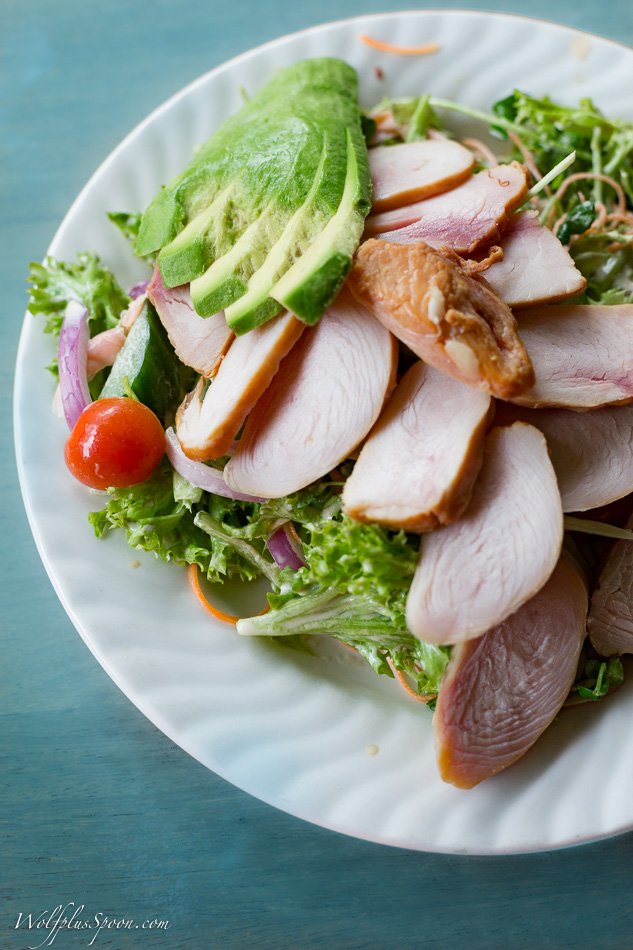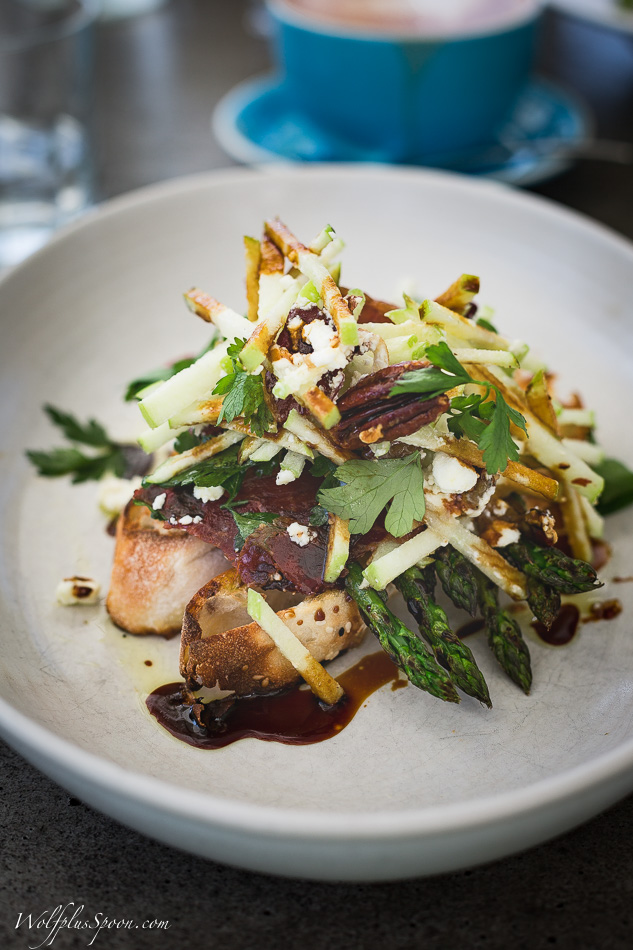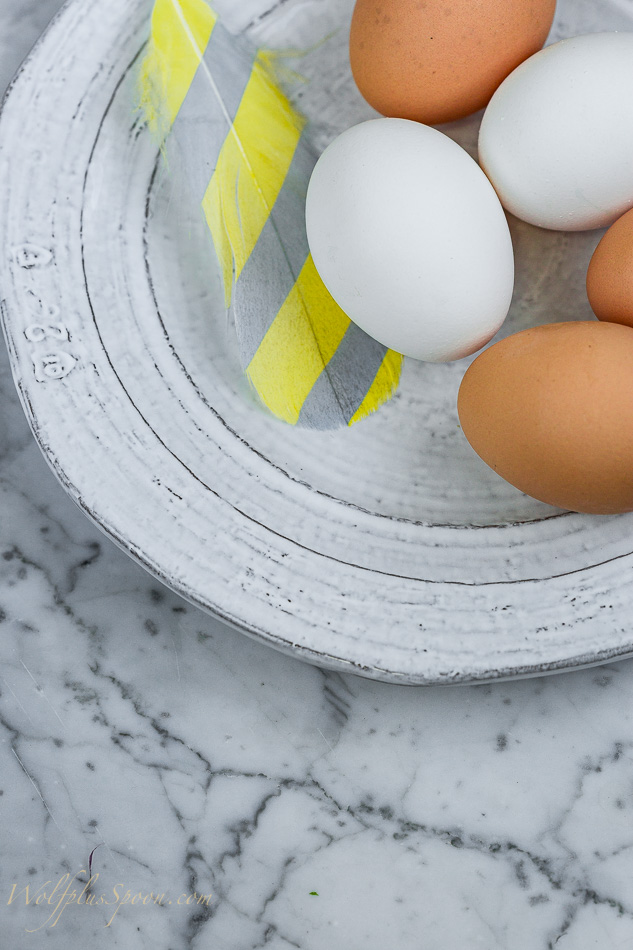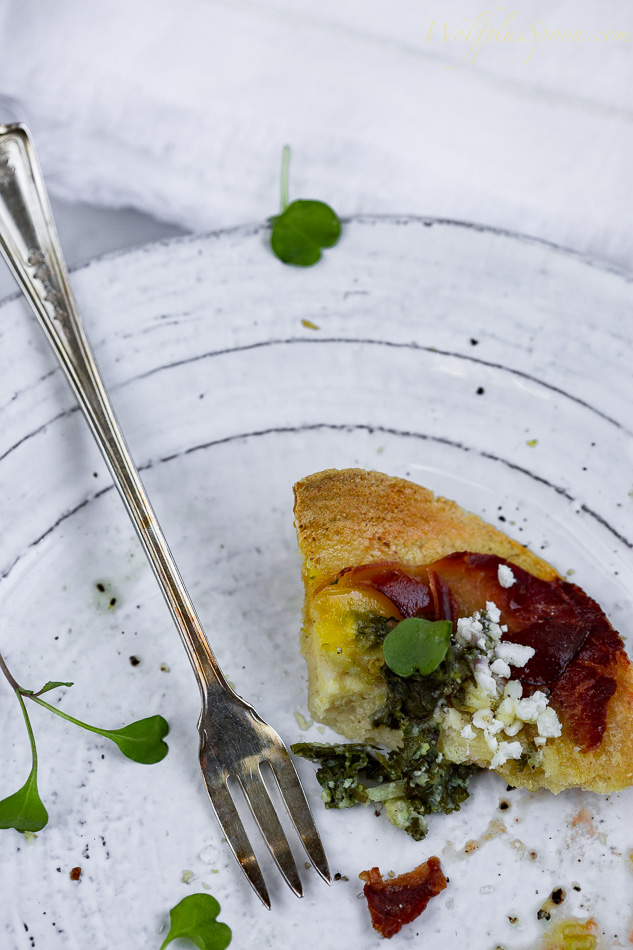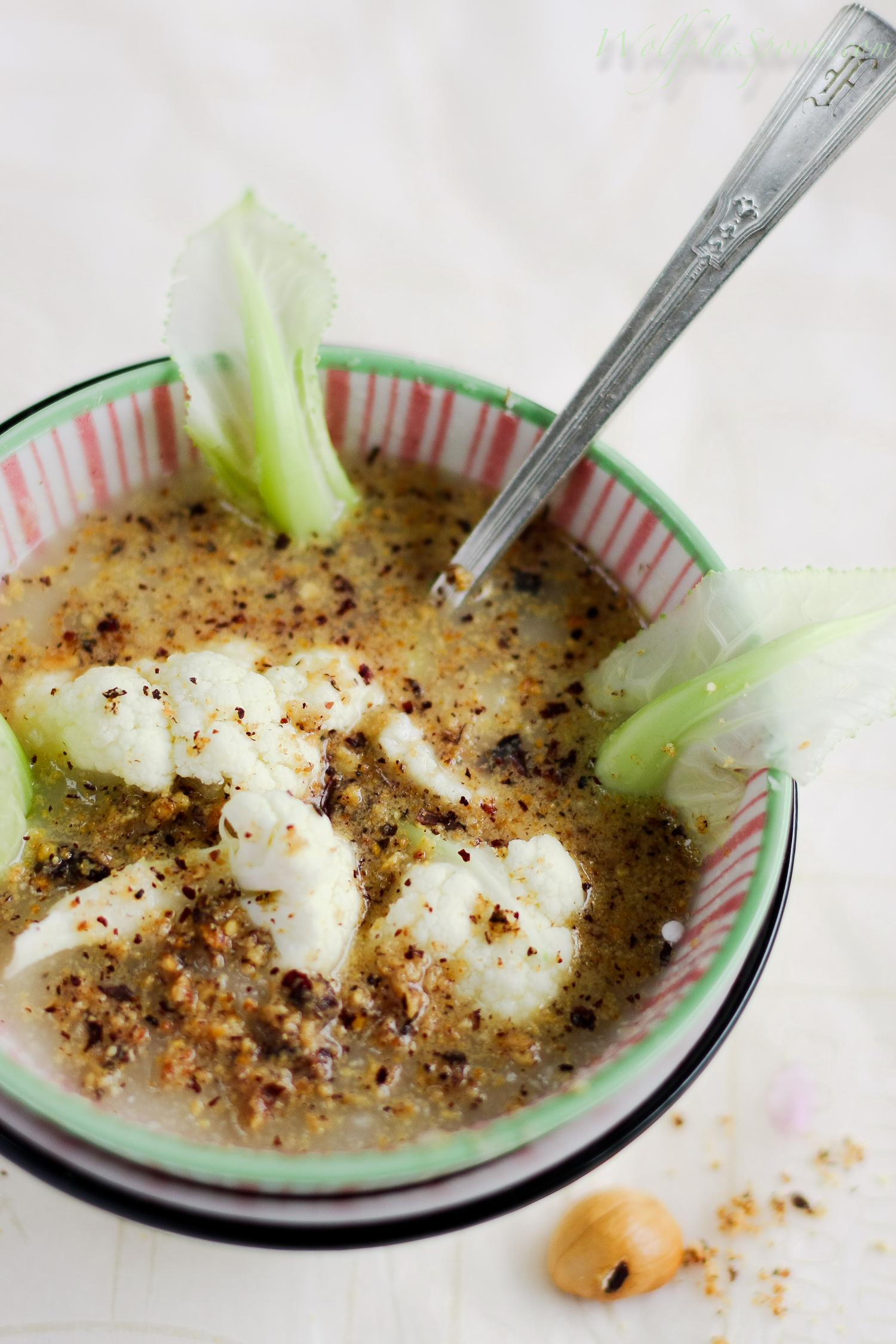Do I have big dreams? I often ask myself if I am just lazy or being pragmatic and know my limitations. Sure enough the American dream has become the American basic expectation.
As Pole in America all this star- spangled expectations feels strange to me. There is no “ Polish dream “ (other than a new car, and someone else’s misfortune) Telling a polish toddler that they, too, could one day be a President would likely give them nightmares.
The American Dream can be very inspiring, but it is also problematic, not because it is mostly false, but also because research shows that America is far from being the Land of a big opportunity. A child who is born poor in America is more likely to remain poor than in any other comparable country. The fact that Trump’s own way-to-riches fairytale shows a likely inheritance millions from his daddy is relatively typical. An estimated 40% of the billionaires on the Forbes billionaires list also inherited a big portion of their wealth.
In this story, success is the result not of luck or privilege, but our own personal qualities, skills and hard work. Similarly, failure can never stand from systemic obstacles or difficult circumstances—the fact that good jobs are increasingly rare, incomes are hitting poverty levels and rents are sky-high—but is simply a mark of personal deficiency.
While Americans are great at big dreams (you can become the President!), they are surprisingly bad at more moderate ones (you can have paid vacation/ affordable healthcare/ a fair wage.) It is a genuine possibility that an American woman might make it to Mars before she gets long paid maternity leave. But in reality, the majority of our wellbeing is not made up from the remote possibility of enormous success but from these more modest dreams.
In my personal opinion, the subtle claim that we should all be striving for greatness can be surprisingly psychologically damaging. The American dream has become the mass production of unrealistic expectations. The constant mantra “ you can be anything you want to be “ has created anxiety in American life, where anything short of greatness can feel like a failure.
But really, small concrete, gains are as important to our happiness as the big dreams. So maybe our next generation of graduation speeches should encourage us to do something truly inspirational. Dream small and succeed!!
Roasted cauliflower with tahini sauce, sprinkled with pomegranate seed and cilantro is my version of big dream of a fancy dishes made with no afford and 100% of satisfaction.
Every time I make this dish my guests absolutely love it and want the recipe. I won’t pretend it is an old family recipe anymore. (I didn’t grow up in the Middle East eating tahini sauce, even halva was a rarity) So here you are my curios friends. The easiest recipe on Earth that will let you win any culinary competition with your friends …. I didn’t promise top chef. Remember dream small…
Recipe:
Ingredients
1 head cauliflower, whole or cored and cut into 1 1⁄2'' florets
1/4-cup extra-virgin olive oil
2 tsp. yeast flakes
sea salt salt and freshly ground black pepper, to taste
1/2-cup tahini
3 cloves garlic, smashed and minced into a paste
Juice of 1 lemon
1-cup pomegranate seeds
½ cup chopped fresh cilantro
Heat oven to 500°. Toss together oil, yeast flakes, cauliflower, and salt and pepper in a large bowl. Transfer to rimmed baking sheet; spread out evenly. Bake, rotating pans from top to bottom and front to back, until cauliflower is browned and tender, 25—30 minutes.
Meanwhile, combine tahini, garlic, lemon juice, and 1⁄2 cup water in a small bowl and season with salt. Serve cauliflower hot or at room temperature with tahini sauce, sprinkled with pomegranate seeds and cilantro.
Przepis:
Skladniki
1 kalafior
¼ szklanki oleju
2 lyzeczki platkow drozdzowych
sol morska I pieprz do smaku
½ szklanki pasty tahini
3 zabki czosnku posiekane
sok z 1 cytryny
1 szklanka nasion granatu
½ szklanka posiekanej swiezej kolendry
Nagrzac piekarnik do 280C wymieszac olej, platki drozdowe, sol, pieprz I kalafior, umiescic na blaszce do pieczenia piec przez okolo 25-30 min obracajac aby kalafior byl przypieczony z obu stron.
Wymieszac paste tahini, czosnek, sok cytrynowy, I ½ szklanki wody w miseczce, doprawic sola. Serwowac na cieplo lub zimno posypane granatem I kolendra .





















